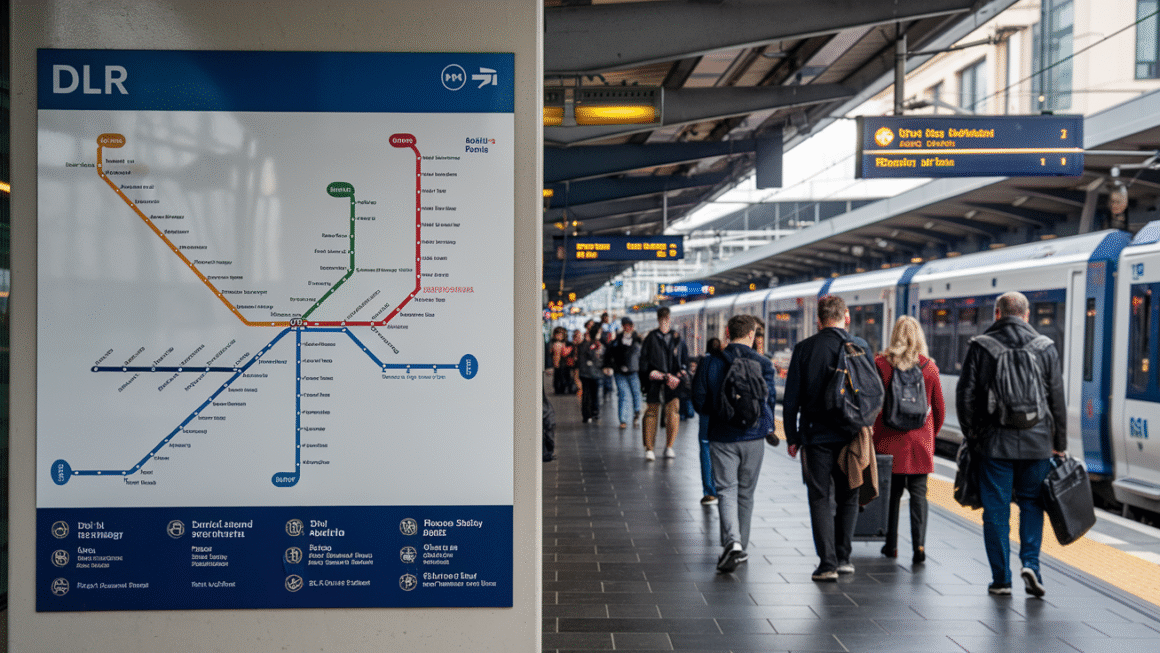The dartford crossing is one of the busiest routes in the UK, and every day thousands of drivers use it to get across the River Thames. If you ever drive between Kent and Essex, chances are you will need the dartford crossing. It is made up of two tunnels and a huge bridge, called the Queen Elizabeth II Bridge, and it connects the M25 motorway. Many people use it for work, delivery, or long journeys, so it plays a very big role in keeping traffic moving. But using the dartford crossing is not free, and this is where most drivers have questions. How do you pay? What happens if you forget? Why is there sometimes traffic? Don’t worry – this post will explain in simple words so you can travel smoothly and avoid any stress.
The dartford crossing has a payment system called the Dart Charge. You do not pay cash at the crossing itself; instead, you must pay online, by phone, or set up an account before or after your journey. If you forget to pay, you might face a fine, which is why many drivers like to set up an automatic account. The charge only applies between 6am and 10pm, so if you travel late at night, it’s free. This helps reduce long queues and makes traffic flow easier. Another thing you should know is that the dartford crossing can sometimes get busy during rush hours, as many lorries and commuters use it every day. That’s why it’s smart to check traffic updates before you start your trip. If you plan ahead, pay the charge on time, and give yourself extra travel time, using the dartford crossing can be simple and stress-free.
What is the Dartford Crossing and Why is it Important?
The Dartford Crossing is a very busy route in the UK that connects Kent and Essex over the River Thames. It is made up of two tunnels and the Queen Elizabeth II Bridge, which allows thousands of cars, trucks, and buses to travel safely every day. This crossing is important because it is part of the M25, which is one of the main motorways around London, so it helps people get to work, school, and other places quickly. Without it, traffic would have to take very long routes, which would waste time and fuel. The Dartford Crossing is also important for delivery trucks and businesses because it keeps goods moving between the north and south of England. People rely on it every day, so knowing how it works makes traveling easier and less stressful.
How the Dartford Crossing Works for Drivers
The Dartford Crossing works in a simple but clever way. Cars and trucks go through two tunnels or over the Queen Elizabeth II Bridge depending on the direction and size of the vehicle. There are signs and cameras that make sure every vehicle is counted for payment. Drivers do not stop at toll booths like in the past; instead, they pay online or through the Dart Charge system. The system knows which cars have paid and which haven’t, which keeps traffic moving without delays. It is also very safe because the tunnels and bridge are checked regularly for maintenance. Knowing how the crossing works helps drivers plan their trip better, avoid fines, and understand why sometimes there is heavy traffic.
Dartford Crossing Charges and How to Pay
Using the Dartford Crossing comes with a charge, and it is important to know how to pay to avoid fines. The charge is called the Dart Charge, and it is only for vehicles traveling between 6 am and 10 pm. You can pay online, by phone, or by setting up a pre-paid account. If you pay before or after your journey, it is simple and quick. There are no cash payments at the crossing, so forgetting to pay can lead to a fine. Paying on time is easy and helps drivers avoid trouble. The Dart Charge system is designed to keep traffic flowing smoothly while collecting money fairly from everyone using the crossing. Knowing the rules makes the trip stress-free.
What Happens If You Forget to Pay the Dartford Crossing
If you forget to pay the Dartford Crossing charge, you can get a fine. The fine can be much higher than the actual charge, so it is very important to pay on time. You can still pay the Dart Charge after your trip, usually up to midnight the next day, to avoid penalties. The system uses cameras to track cars that have not paid, so there is no way to avoid it. Many people find it helpful to set up an online account that reminds them to pay or allows automatic payments. Forgetting once can happen, but regular users of the crossing know that paying early is the easiest way to travel safely without stress.
Dartford Crossing Opening Times and Free Hours
The Dartford Crossing charges only apply between 6 am and 10 pm, which means traveling late at night or early in the morning can be free. This helps drivers avoid paying when traffic is lighter, and it gives some relief during off-peak hours. It is also safer because fewer cars are on the road. Checking the opening times and planning your trip around them can save money and make driving easier. Many drivers like to travel at free times if possible. Knowing when the crossing is free or charged also helps people plan deliveries, long trips, or weekend journeys. Being aware of these hours is a smart way to avoid fines and traffic delays.
Traffic Tips for the Dartford Crossing
The Dartford Crossing can get very busy during rush hours because so many people use it every day. Planning your journey ahead of time can save you a lot of waiting. Checking live traffic updates or using GPS helps avoid delays. If possible, travel early in the morning or late at night when traffic is lighter. Large trucks and buses can make queues longer, so giving yourself extra time is a good idea. Drivers should also follow signs and stay in their lane because this keeps the flow smooth. Being patient and prepared makes the trip safer and less stressful. Many people find that a little planning makes crossing much easier.
Future of the Dartford Crossing and Possible Changes
The Dartford Crossing may change in the future to handle more traffic. New technologies like better cameras, faster payment systems, or lane improvements could make traveling quicker and safer. There have also been discussions about adding extra lanes or improving nearby roads to reduce congestion. These changes are meant to help drivers and businesses that rely on the crossing every day. Knowing about future plans can help people prepare for changes, avoid surprises, and use the crossing more efficiently. Even small updates can make a big difference in traffic flow and safety for everyone using the route.
Conclusion
The Dartford Crossing is an important route that helps people and goods move across the River Thames every day. It has tunnels and a bridge, and the Dart Charge makes sure drivers pay the right way. Knowing how it works and when to pay can save you time and money.
Planning ahead and checking traffic updates makes using the Dartford Crossing easy and safe. Paying on time, understanding the opening hours, and following the rules can help everyone have a smooth journey.
FAQs
Q: How much does the Dartford Crossing charge cost?
A: The charge depends on vehicle type, usually between £2.50 and £6.00 for cars.
Q: When is the Dartford Crossing free?
A: It is free between 10 pm and 6 am.
Q: How can I pay the Dart Charge?
A: You can pay online, by phone, or set up a pre-paid account.
Q: What happens if I forget to pay the Dart Charge?
A: You can get a fine, but paying the next day online usually avoids penalties.
Q: Can I use cash at the Dartford Crossing?
A: No, cash is not accepted; payment must be digital.




